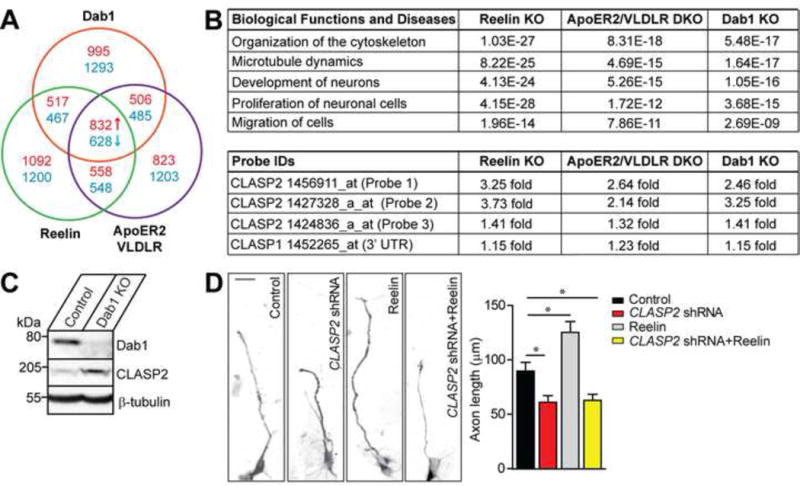Figure 1. CLASP2 is a Key Cytoskeletal Effector in the Reelin Signaling Pathway.

(A) Chart representing expression of mRNA transcripts between brain cortices from mice deficient in Reelin (green), the double ApoER2/VLDLR receptor mutant (purple) or Dab1 (red) compared Affymetrix gene expression profiles against age-matched wild type mice by microarray. The screen identified 832 up-regulated (red) and 628 down-regulated (blue) genes that were common to all three mouse models above a threshold of 1.5 fold.
(B) Ingenuity Pathway Analysis identified several gene networks impaired across Reelin, double ApoER2/VLDLR receptor and Dab1 knockout (KO) mouse models. CLASP2 but not CLASP1 mRNA expression was increased in all three Reelin mutants (data presented are in p-values).
(C) Consistent with the microarray data, CLASP2 protein levels were 2.8-fold higher in Dab1 knockout mice.
(D) Representative images of primary dissociated mouse wild type neuron cultures co-infected with scrambled control, CLASP2 shRNA, Reelin treatment or CLASP2 shRNA with Reelin and immunostained against tau axonal marker at 2 days in vitro. CLASP2 shRNA caused a decrease in axon length when compared to control. Reelin increased axon length; however, Reelin treatment with CLASP2 shRNA was unable to rescue the axonal effects of CLASP2 knockdown (control, n = 35; CLASP2 shRNA, n = 39; Reelin alone, n = 41; CLASP2 shRNA plus Reelin, n = 39 cells). Data are means ± SEM and statistical significance was assessed using one-way ANOVA (*p < 0.05).
